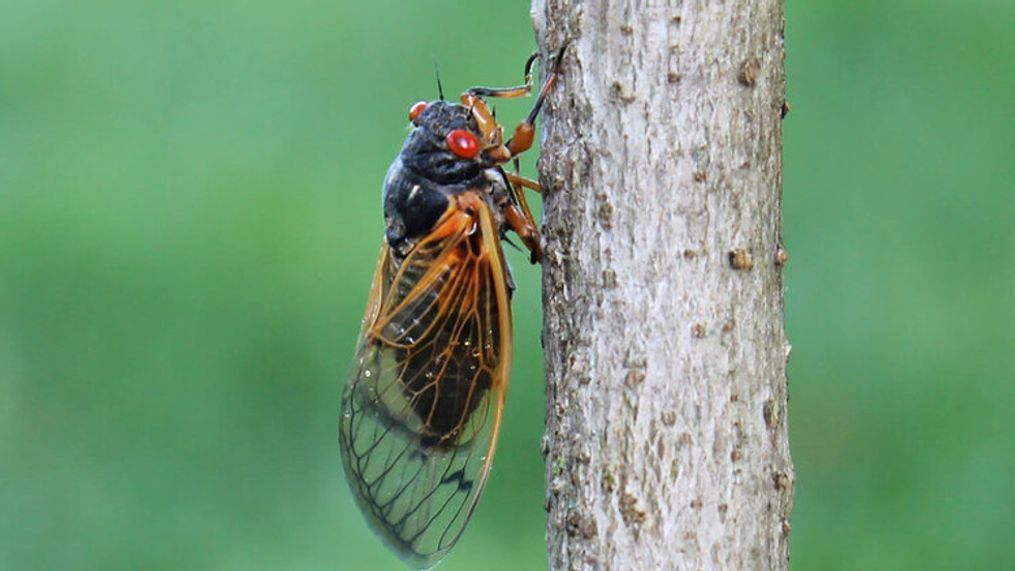'Cicada-palooza' is coming. Maryland will be at the epicenter

It's an event that happens every 17 years - but with a pandemic under the world's belt, trillions of cicadas emerging from the ground may feel apocalyptic. (Image: Michael Raupp/UMD)
WASHINGTON (ABC7) — It's an event that happens every 17 years - but with a pandemic still raging, trillions of cicadas emerging from the ground may feel apocalyptic.
Yes, apocalyptic. And yes, trillions.
According to Michael Raupp, the Professor Emeritus of Entomology at the University of Maryland, part of the DMV will have a front row seat.
"Maryland is at the epicenter of the cicada emergence, so there will be spectacular numbers of cicadas emerging very heavily, starting perhaps in early May," Raupp told ABC7. "But the big ‘cicada-palooza’ is going to happen the last two weeks of May and into early June. So in some areas, there will be 1.5 million cicadas per acre emerging from the ground."
Once those cicadas, known as Brood X, come up from the ground, they will head to the tops of trees to start, for the lack of a better term, make music. The male cicadas use noise to attract mates; once they pair off, the females lay eggs in small tree branches.
Raupp describes the event as like "having a National Geographic special" in your backyard. One thing is for sure - it's going to be crazy.
"There’s going to be birth, there’s going to be death, there’s going to be romance, there’s going to be sex in the treetops," he said. "You know, it’s going to be like ‘Outlander.’ There’s going to be battles between things."
For some, it may be a battle between these periodical cicadas and their young trees; Raupp says females target younger trees and their branches for egg-laying. This can cause the branches to break off. Raupp suggests gardeners protect trees planted in the Autumn with one centimeter netting.
If you're thinking about planting trees this spring, Raup suggests you wait until Fall. Despite this, he said the pros of the event outweigh the cons.
"This is a remarkable opportunity for children of all ages – parents and their kids – to go out and enjoy a biological event that happens no where else in the universe except right here in eastern North America," he said.
And yes, your pets will get a taste of this impressive event as well; Raupp said pets eating cicadas shouldn't alarm pet owners. Just don't let your dog eat too many.
One thing that worries him, however, is the impact on those who fear cicadas, or bugs in general. For those who suffer from entomophobia, Raupp said preparing and researching now is a key first step to handling this intense emergence.
"[U]nderstand that they're aren't going to bite their pets, they're not going to harm their cats and dogs, they're not going to carry away small children like the monkeys in 'The Wizard of Oz,'" Raupp said, adding, "I tell people, look, if you just can't bare this, just get out of town for a few days."
He wants to focus on this irregular event as normal and natural, with the dying cicadas fertilizing the ground where the newborn bugs will burrow and latch onto roots. So no, it's not apocalyptic or 'cicada-geddon,' as some have described it.
It's the circle of life happening before us - even if the cycle takes 17 years to get going.
"This is going to be spectacular, it happens nowhere else on the planet," Raupp said. "It's going to be very, very cool, so let's take advantage of it."
To read more on the 17-year cicada emergence, read Raupp's explainer on his Bug of The Week blog here.
To watch parts of Raupp's interview, click below.
